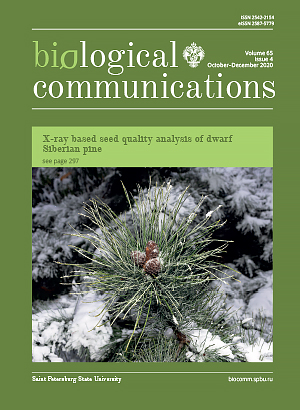Natural molecules as modulators of epigenetic silencing in human cells for cancer care and aging
DOI:
https://doi.org/10.21638/spbu03.2020.405Abstract
The etiology and pathogenesis of malignant tumor growth are associated with impaired gene expression, leading to accelerated proliferation, evasion of apoptosis, and metabolic deregulations with abnormal blood supply and innervation. Currently, hundreds of tumor suppressor genes and proto-oncogenes are known. Mutations, epigenetic alterations, exposure to viruses, and other environmental factors can cause pathological changes in gene expression. The key mechanisms of carcinogenesis are now considered to be linked to epigenetic events. A better understanding of epigenetic targets and pathways is needed to develop new strategies in antitumor chemotherapy. The majority of modern cancer drugs were taken from nature, yet only a small fraction of natural molecular diversity has been explored to date. Therefore, there is great interest in identifying new natural molecules for modulating gene expression by rewiring epigenetic pathways. This review is focused on examples of known natural molecules available to biomedicine, especially ones capable of modulating epigenetic landscapes and therefore relevant for cancer prevention and aging.
Keywords:
cancer, aging, natural products, silencing, methylation, histone modification, signaling pathways
Downloads
References
Downloads
Published
How to Cite
Issue
Section
License
Articles of Biological Communications are open access distributed under the terms of the License Agreement with Saint Petersburg State University, which permits to the authors unrestricted distribution and self-archiving free of charge.





